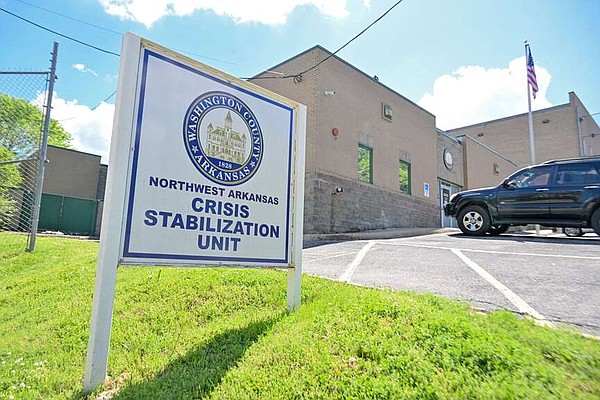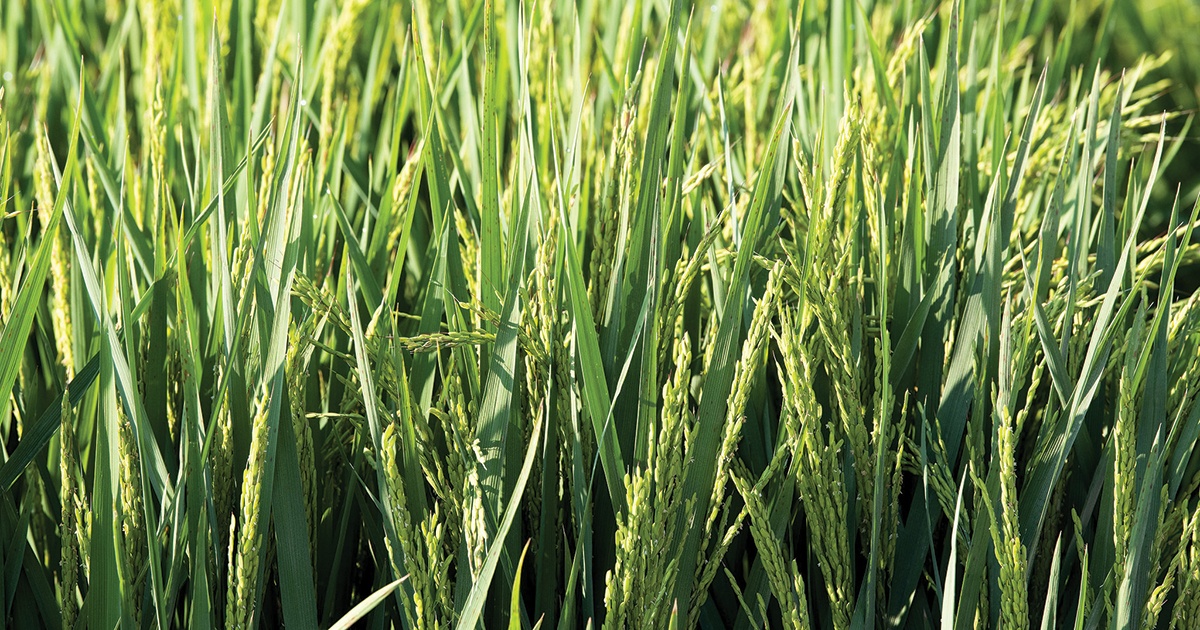FAYETTEVILLE — The Northwest Arkansas Crisis Stabilization unit closed on April 11, and some people in the community say they’re disappointed in the decision to close and what they say is a lack of public notice.
Leslie Taylor is vice chancellor for communications and marketing with the University of Arkansas for Medical Sciences, which took over the operation of the facility last year. Taylor said that the Northwest Arkansas unit was underutilized in comparison with the other three facilities in the state and UAMS was unable to keep it open with the funding levels provided by the state, and that other resources, including Medicare and Medicaid and private insurance, did not provide enough additional money to keep the unit operating.
Taylor said that after UAMS announced in March it would close the unit at the end of June, when its contract expired, several staff members resigned and UAMS was unable to recruit people to fill the positions for the remaining time.
“We had hoped to keep it open through the end of June,” Taylor said. “We had several people resign. We were down to four employees, and at that point we weren’t able to safely operate the facility and regrettably we had to go ahead and close.”
State Rep. Nicole Clowney, D-Fayetteville, said she learned of the closing over the weekend after receiving phone calls and text messages from constituents, and she contacted UAMS to confirm the facility was closed.
“I asked UAMS why there wasn’t some kind of public announcement,” Clowney said. “Other organizations and people in the community who refer people there had no idea it was closed.”
Clowney said she understood the staffing concerns but said she would have preferred UAMS have some kind of open, public conversation about the situation and not just close the facility without notice.
“Shutting it down without notice to anybody is leaving the most vulnerable in our community high and dry with no other means to get the resources they need,” Clowney said.
The 16-bed facility served as an alternative to jail for some individuals. Participation was voluntary for those treated, who were usually accused of creating a disturbance, trespassing or other disruptive behaviors, law enforcement officials have said. The facility operated on a referral basis, with potential clients being identified by local law enforcement agencies, hospitals and other medical facilities, families and friends.
The impending closing of the facility was discussed at a meeting of local stakeholders on April 10 in Bentonville, according to Chief Mike Reynolds with the Fayetteville Police Department. Reynolds said members of his department’s Crisis Intervention Team staff attended the meeting and informed him of the closing. Reynolds said he sent out a department-wide notice of the closing.
“That was 24 or 48 hours before they closed,” Reynolds said.
Reynolds said records from his Crisis Intervention Team staff show the meeting was attended by the local Crisis Intervention Team steering committee with the Bentonville, Rogers and Springdale police departments, Benton County sheriff’s office and the Benton County prosecuting attorney’s office also having representatives present. They were told the facility would be closing at 4 p.m. April 11 due to staffing shortages.
When UAMS announced the June 30 closing date, the school cited the under-utilization of the Northwest Arkansas facility compared to the other three in the state.
According to information provided by Taylor in September, the Northwest Arkansas unit has been less successful in getting client referrals from non-law-enforcement sources. According to UAMS, from April through July 2023, the Pulaski County unit had 563 referrals, with 47 (8%) coming from law enforcement agencies. The Pulaski County facility reported 256 admissions during that time.
During the same period, the Northwest Arkansas unit had 253 referrals, 44 (17%) of which came from law enforcement agencies. The Northwest Arkansas facility reported 100 admissions in that period.
During that time, the Sebastian County unit had averaged 80 admissions, Pulaski County had averaged 67 and the Craighead County unit had averaged 38 admissions per month. According to the Department of Human Services, the Northwest Arkansas unit had averaged 14 admissions of people in need of emergency services per month since it reopened in August 2022.
Taylor provided some updated numbers on Monday, showing that from July 2023 through March, the Pulaski County unit had 651 total admissions, while the Northwest Arkansas unit had 286.
Washington County Judge Patrick Deakins said the county was never notified of the decision to close.
“The last I heard from UAMS was on March 19 saying they were going to be open until June 30,” Deakins said.
Deakins said Monday the county has no specific plans for the Crisis Stabilization Unit. He said there have been some discussions about the facility, as well as the Arkansas Community Corrections facility housed in the old county jail. The county has given the state notice it intends to terminate the lease on the old jail building, and Deakins said that space could also be used by the county but no decisions have been made.
Kelly Cantrell, public information officer for the Washington County sheriff’s office, said Sheriff Jay Cantrell was not notified in advance of the stabilization unit’s closing and only learned of it Monday.
Sarah Moore is a member of the Fayetteville City Council and has been an advocate for keeping the Crisis Stabilization Unit open. Moore said she knew of a woman who was referred to the facility on Friday and sat in the parking lot throughout the day thinking it would eventually open.
“This was the first we had heard that it was closed,” Moore said. “We’ve been aware that they have had days when they were temporarily closed, and at first we thought this might be another short-term closure. So the public and community advocates were never told. It was closed without any proper notice.”
Moore suggested that UAMS could keep the Northwest Arkansas unit open by shifting employees from other facilities if they chose to do so.
“They made a business decision when they should have made a human decision,” Moore said.
Taylor said UAMS doesn’t have enough psychiatric nurses in the Northwest Arkansas region to be able to shift people from their current jobs to keep the unit open.
She said a fully staffed unit would have 18 full-time employees. On March 1, the unit was staffed with 10 full-time employees and one part-time employee.
“We did the best we could, and we didn’t make this decision lightly,” Taylor said. “There was just no way to keep that open.”

































